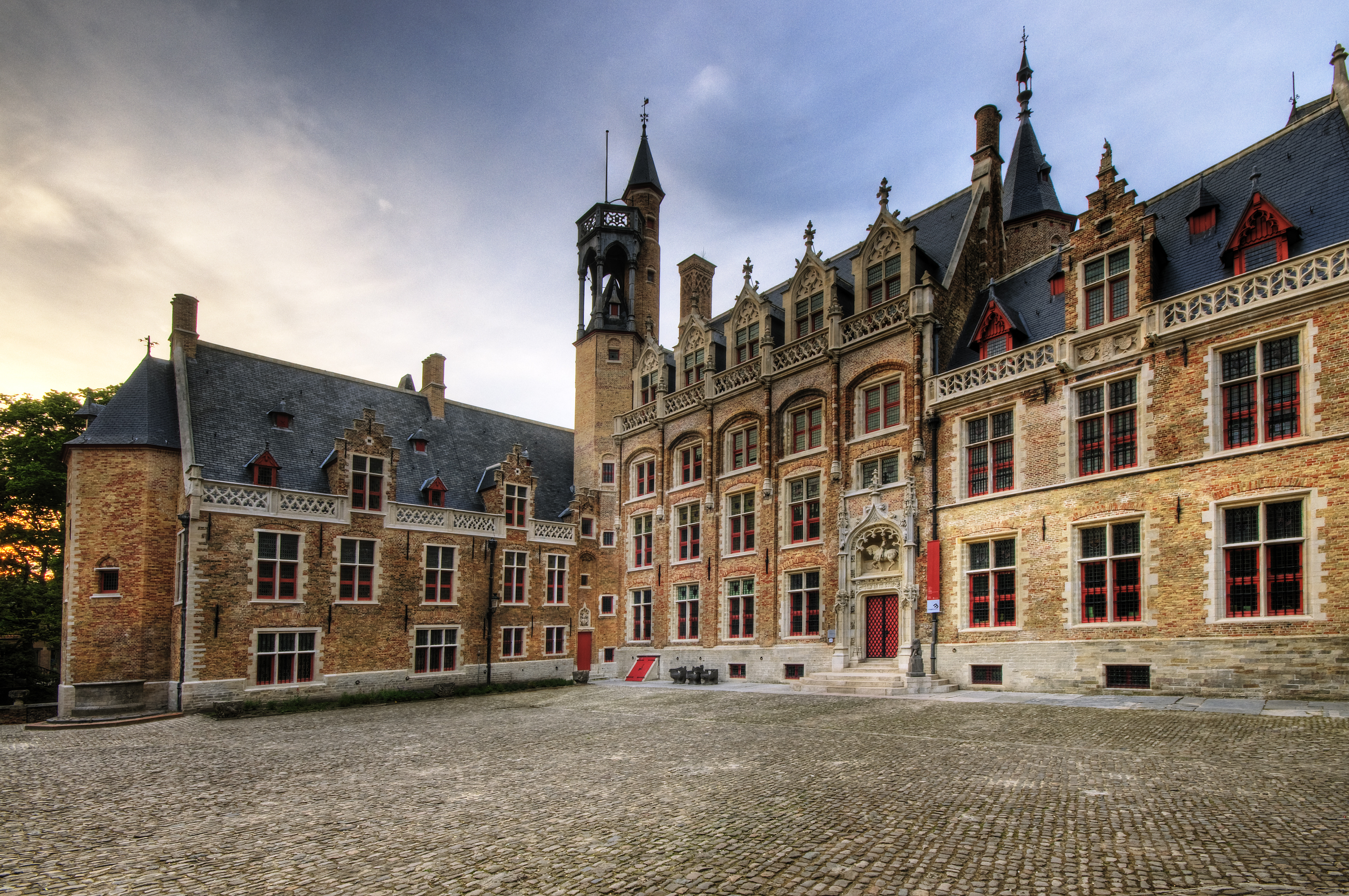Gruuthusemuseum on:
[Wikipedia]
[Google]
[Amazon]

 The Gruuthusemuseum is a museum of applied arts in
The Gruuthusemuseum is a museum of applied arts in

 The museum was established to house the collection of the Société Archéologique. Some of the driving forces behind the start of the museum were art historian
The museum was established to house the collection of the Société Archéologique. Some of the driving forces behind the start of the museum were art historian
Official website
{{ACArt Museums in Bruges

 The Gruuthusemuseum is a museum of applied arts in
The Gruuthusemuseum is a museum of applied arts in Bruges
Bruges ( , nl, Brugge ) is the capital and largest city of the province of West Flanders in the Flemish Region of Belgium, in the northwest of the country, and the sixth-largest city of the country by population.
The area of the whole city a ...
, located in the medieval Gruuthuse, the house of Louis de Gruuthuse
Louis de Bruges, Lord of Gruuthuse, Prince of Steenhuijs, Earl of Winchester (Dutch: Lodewijk van Brugge; c. 1427 – 24 November 1492), was a Flemish courtier, bibliophile, soldier and nobleman. He was awarded the title of Earl of Winchester b ...
. The collection ranges from the 15th to the 19th century.
The Gruuthuse
Presumably in the 13th century a rich family from Bruges received themonopoly
A monopoly (from Greek el, μόνος, mónos, single, alone, label=none and el, πωλεῖν, pōleîn, to sell, label=none), as described by Irving Fisher, is a market with the "absence of competition", creating a situation where a speci ...
to levy taxes on gruit
Gruit (alternately grut or gruyt) is a herb mixture used for bittering and flavouring beer, popular before the extensive use of hops. The terms gruit and grut ale may also refer to the beverage produced using gruit.
Historically, gruit is the te ...
and built a structure to store it. The building was changed in the early fifteenth century by Jan IV van der Aa
Jan, JaN or JAN may refer to:
Acronyms
* Jackson, Mississippi (Amtrak station), US, Amtrak station code JAN
* Jackson-Evers International Airport, Mississippi, US, IATA code
* Jabhat al-Nusra (JaN), a Syrian militant group
* Japanese Article Numb ...
to a luxury house for his family, which subsequently changed its name to "Van Gruuthuse" ("From the Gruit house"). His son Louis de Gruuthuse added a second wing to the house and in 1472 a chapel. This connects the house to the adjacent Church of Our Lady, Bruges
, image = Church Of Our Lady Bruges.jpg
, imagesize = 250
, caption = Church of Our Lady
, location = Bruges
, country = Belgium
, coordinates =
, denomination ...
.
In 1596, the house was bought by Philip II of Spain and in 1623 given to Wenceslas Cobergher
Wenceslas Cobergher (1560 – 23 November 1634), sometimes called Wenzel Coebergher, was a Flemish Renaissance architect, engineer, painter, antiquarian, numismatist and economist. Faded somewhat into the background as a painter, he is chiefly ...
to house the Bruges mount of piety
A mount of piety is an institutional pawnbroker run as a charity in Europe from Renaissance times until today. Similar institutions were established in the colonies of Catholic countries; the Mexican Nacional Monte de Piedad is still in operatio ...
. The city of Bruges bought the house in 1875, and architect Louis Delacenserie completely restored it between 1883 and 1895. The exterior is partly original, partly a reconstruction; the interior is mostly a late 19th century Neogothical reconstruction of a medieval interior. The building was initially used by the city of Bruges to display the archaeological collection of the Société Archéologique, and expanded into a more general museum over the years, after the city had acquired the collections for themselves in 1955.
The collection
William Henry James Weale
William Henry James Weale (8 March 1832 – 26 April 1917) was a British art historian who lived and worked most of his life in Bruges and was one of the first to research the Early Netherlandish painting (then better known as "Flemish Primitiv ...
and architect William Curtis Brangwyn.
The museum displays both the interior of a house of a rich family as it would have been in the late Middle Ages and a collection of everyday tools and utensils. On display are furniture, bobbin lace, objects in gold and silver, weapons, musical instruments, and ceramics. The most famous object in the collection is the painted terracotta bust of Charles V, Holy Roman Emperor from 1520, attributed to Conrat Meit
Conrad Meit or (usual in German) Conrat Meit (1480s in Worms; 1550/1551 in Antwerp) was a German-born Late Gothic and Renaissance sculptor, who spent most of his career in the Low Countries.
The royal tombs that were his largest works still ha ...
. Another highlight is the collection of Flemish tapestries from the 16th and 17th century.
The museum regularly holds exhibitions, such as "Masterpieces of Bruges Tapestry" in 1987 and "Love and Devotion" in 2013, centered on the Gruuthuse manuscript.
Notes
External links
Official website
{{ACArt Museums in Bruges